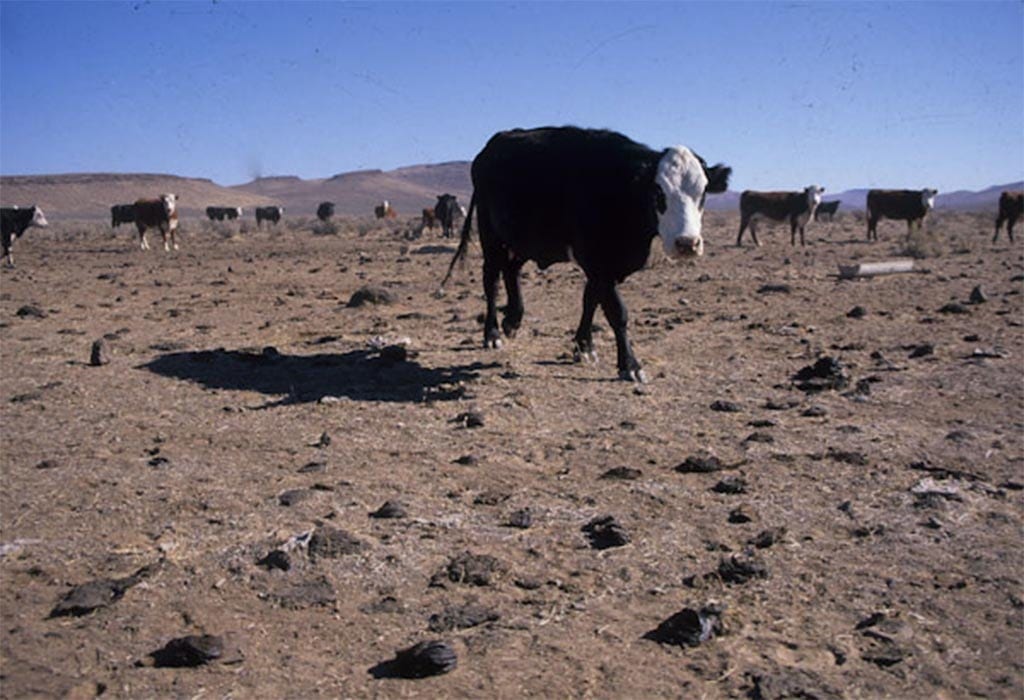Current work in wildlife, rivers, public lands, and climate
Press Releases
Federal grazing program causes extensive damage to public lands, shouldn’t count toward 30×30 goals
Currently, non-native livestock grazing is authorized on approximately 250 million acres of public lands administered by the U.S Forest Service and Bureau of Land Management. Private livestock corporations pay just $1.35 per month to graze a cow-calf pair, or five sheep, on these federal public lands. The grazing comes at a tremendous cost to wildlife habitat, threatened and endangered species, and clean water. According to Public Employees for Environmental Responsibility, the federal grazing program causes extensive damage from excessive commercial livestock grazing on public lands and many areas open for livestock grazing fail to meet the federal government’s standards for rangeland health.
In response, WildEarth Guardians’ Executive Director John Horning issued the following statement:
“The purpose of the 30×30 ‘America the Beautiful’ Initiative is to increase durable protections that enhance the protection of biodiversity and ensure the resilience of ecosystems. But the proposal by the Interior and Agriculture departments to count status quo livestock grazing toward meeting this goal would make America no more beautiful. In fact, it would undermine the credibility of this critical initiative to protect at least 30% of America’s lands and waters by 2030 to address the biodiversity crisis. Livestock grazing is a threat to biodiversity and a contributor to the climate crisis—it’s an absolute farce for the Biden administration to be including grazed public lands as a contributor to critical 30×30 conservation goals.
When President Biden included the goal of protecting 30% of our nation’s land and waters by 2030 in executive orders to confront the climate crisis, he did so with the recognition that meeting the goal was needed to address the climate and biodiversity crises. Unfortunately, lowering the bar and allowing public lands that are grazed by livestock, or are compromised by other extractive uses, to meet the 30×30 goal doesn’t meet the bold vision of this initiative—it hollows-out its true purpose.
Meeting the bold vision of protecting 30% of our lands and waters by 2030 won’t be easy. It will require working together and forming new partnerships. However, it will also require the bold leadership of the Biden administration and the federal land management agencies to enact deeper protections of America’s public lands. We’re in a climate emergency and a biodiversity crisis and status quo actions aren’t sufficient to address this emergency.

Cows grazing within the Whitehorse Butte Allotment on Bureau of Land Management lands in Oregon. Photo by George Wuerthner.